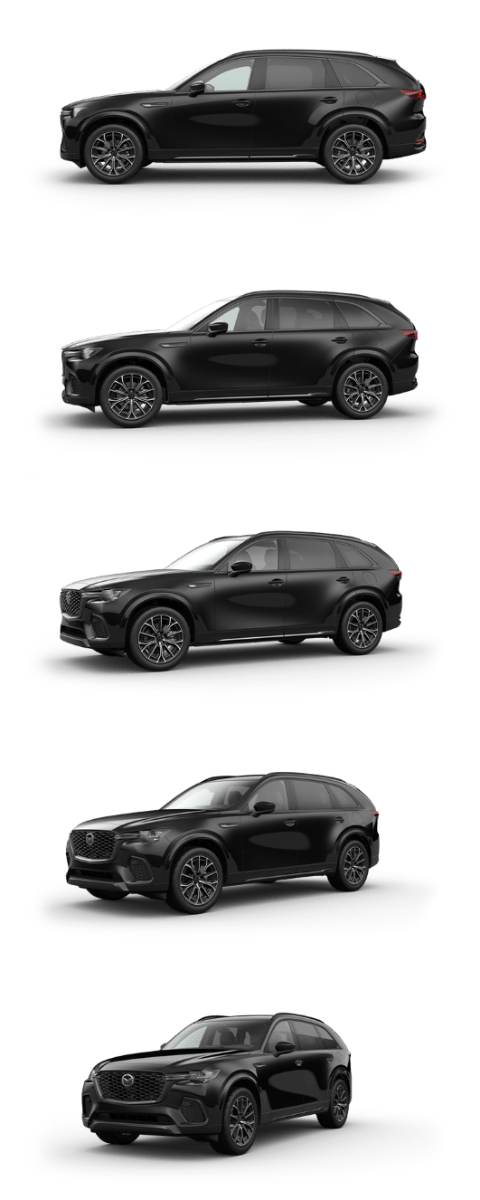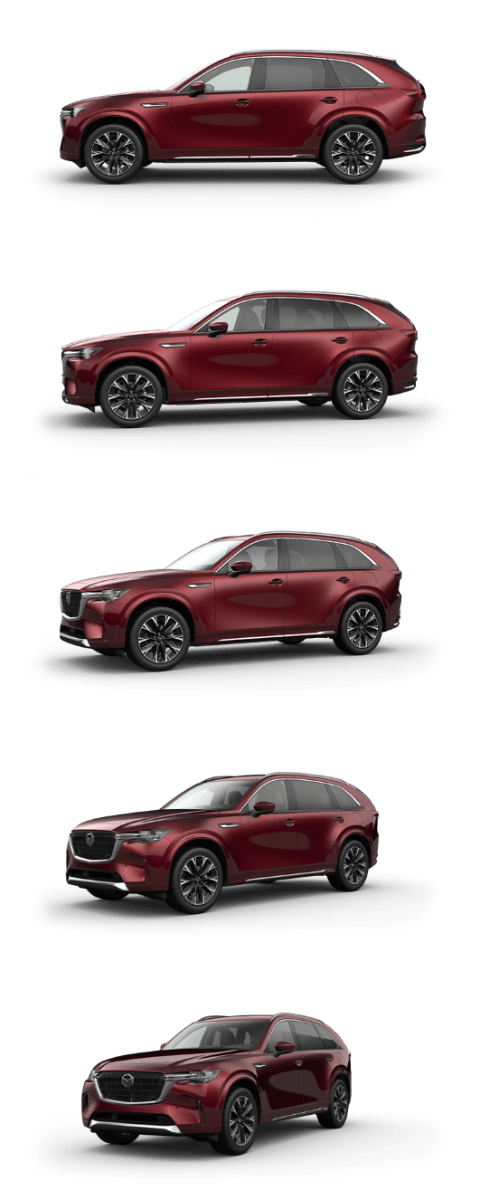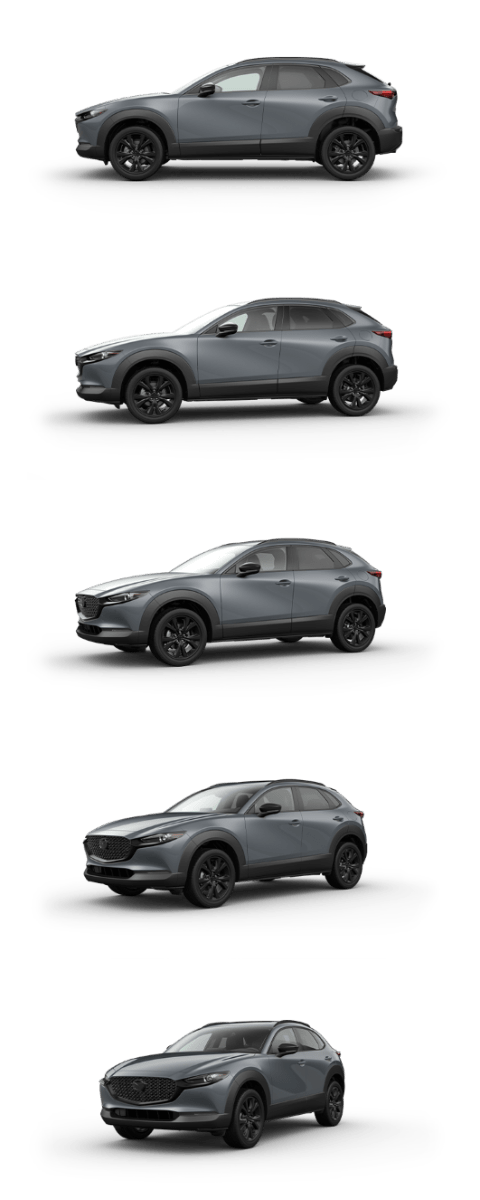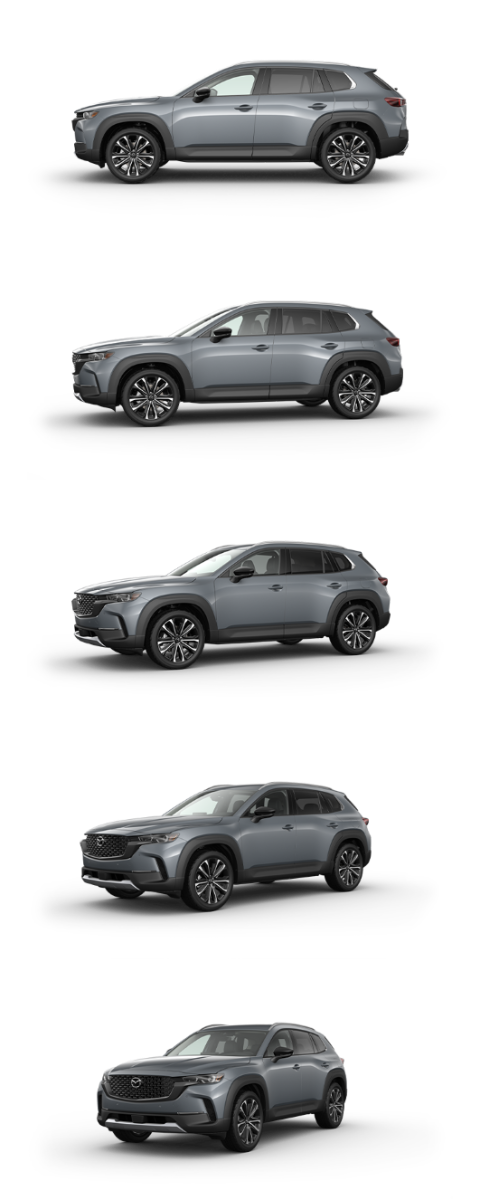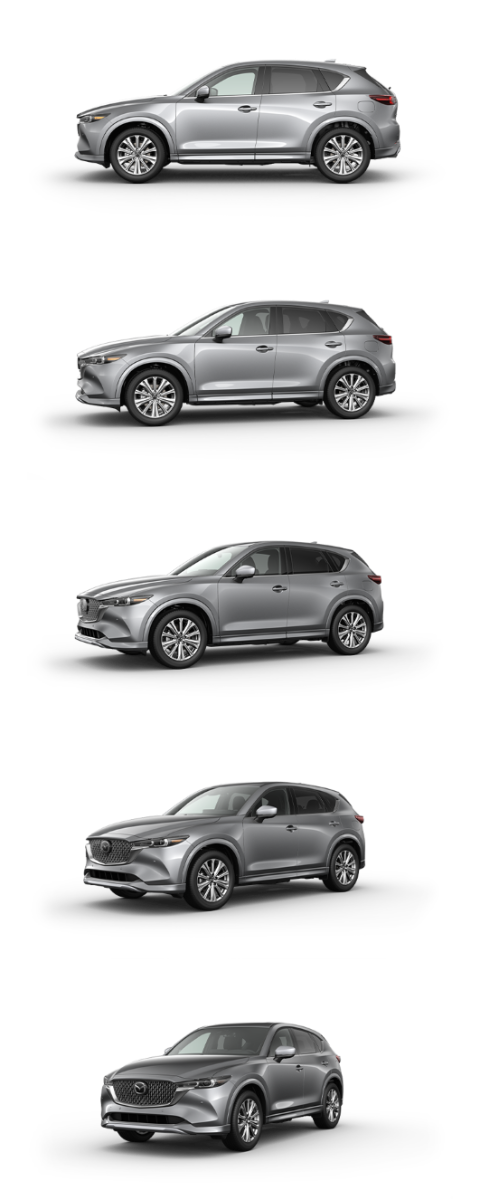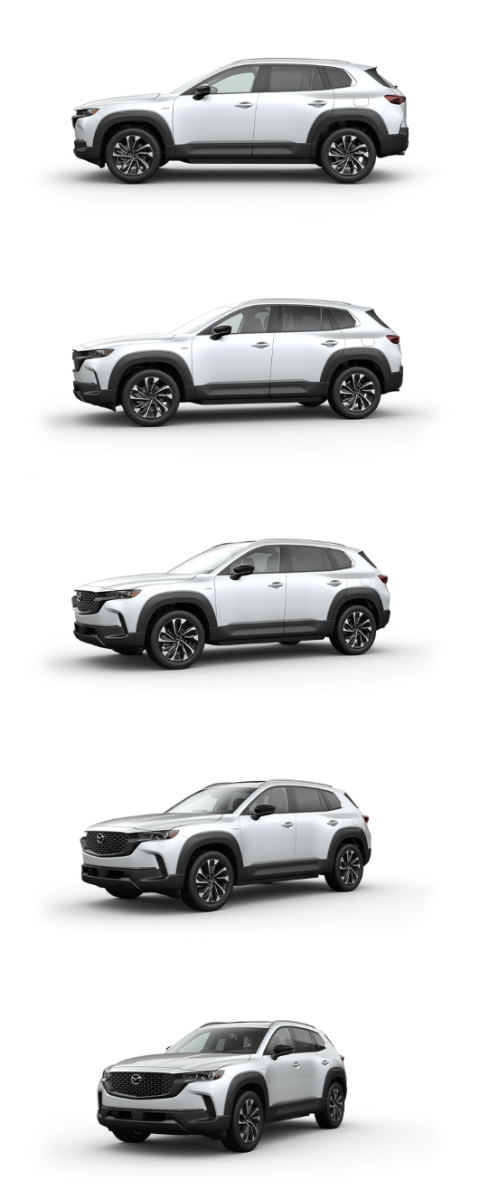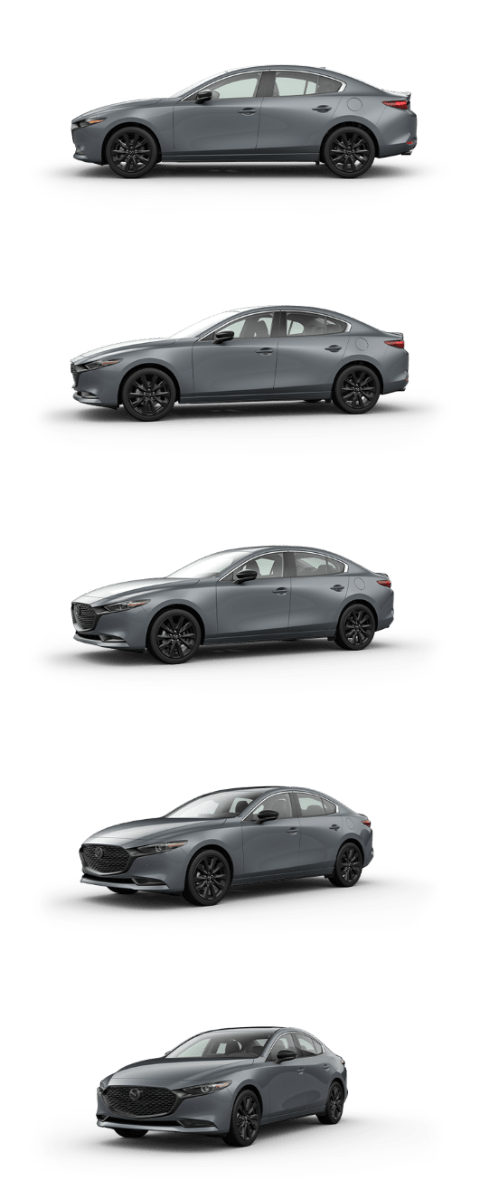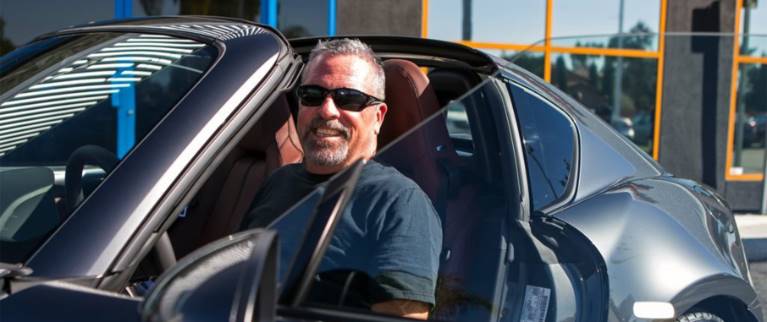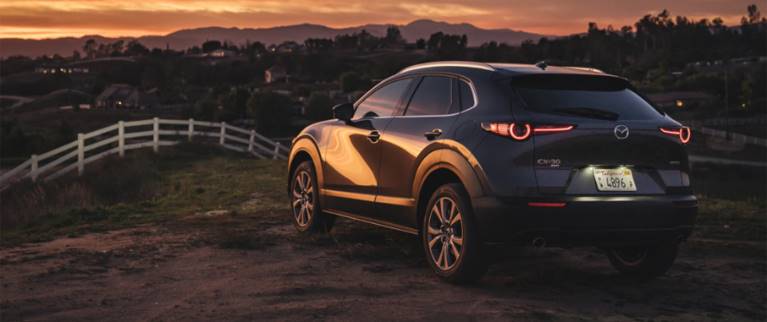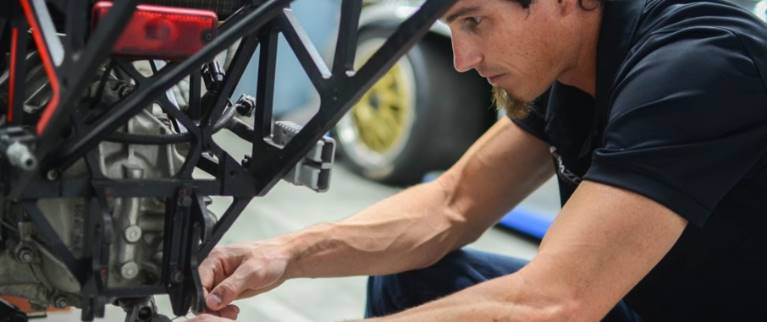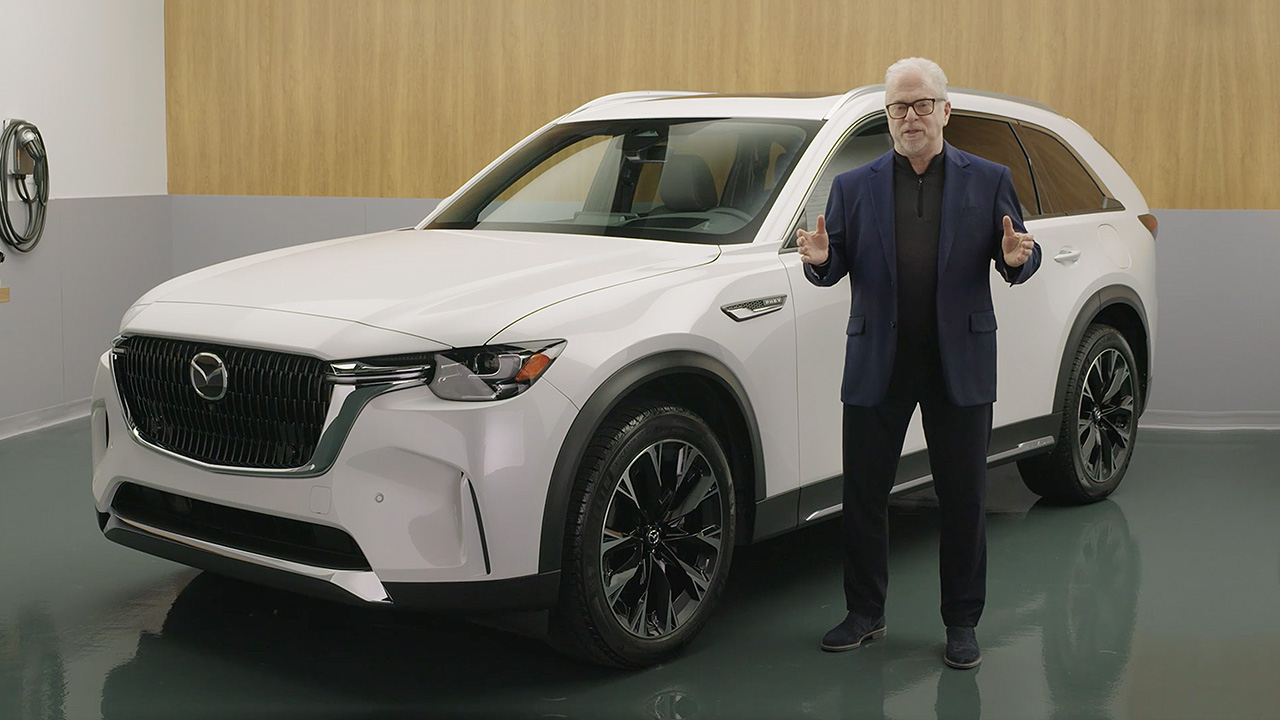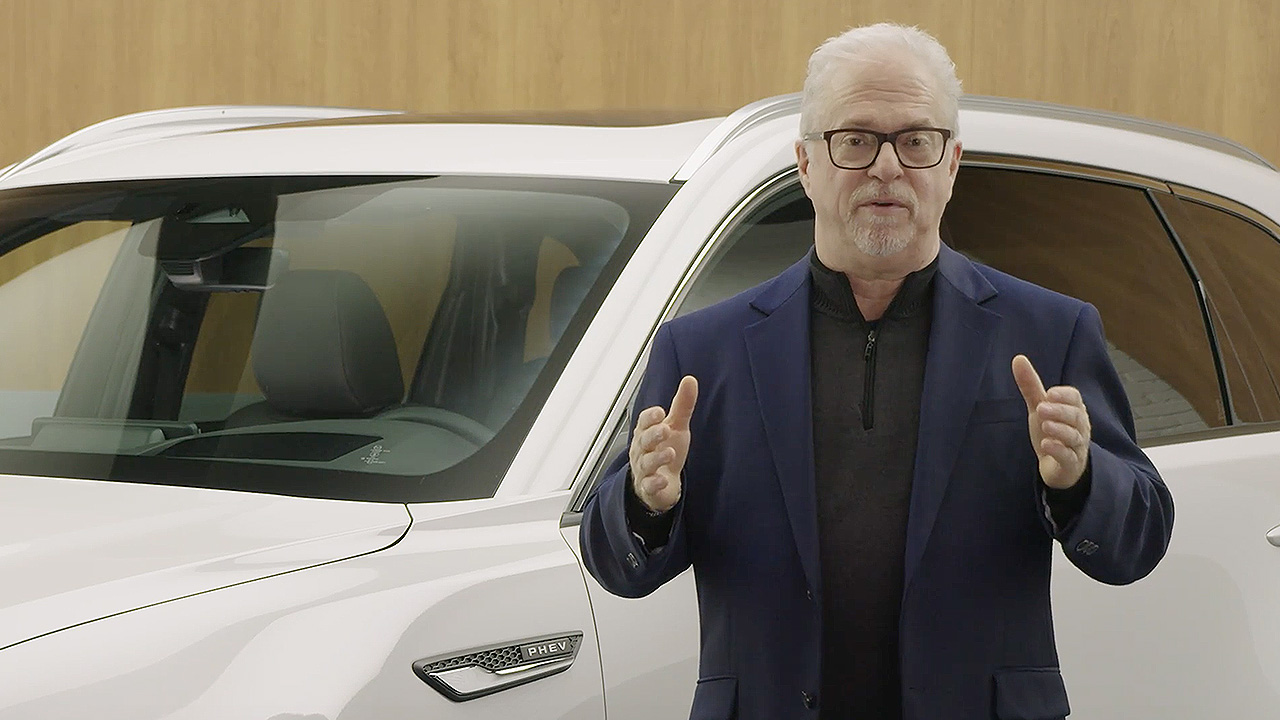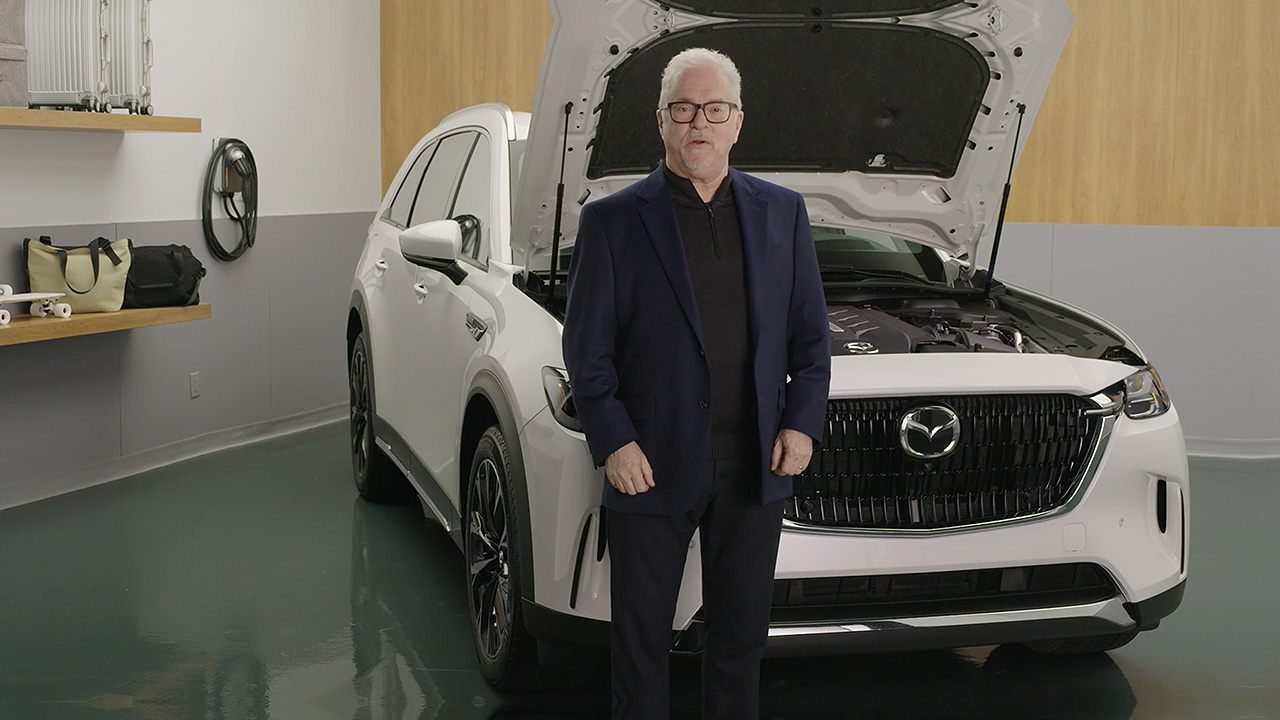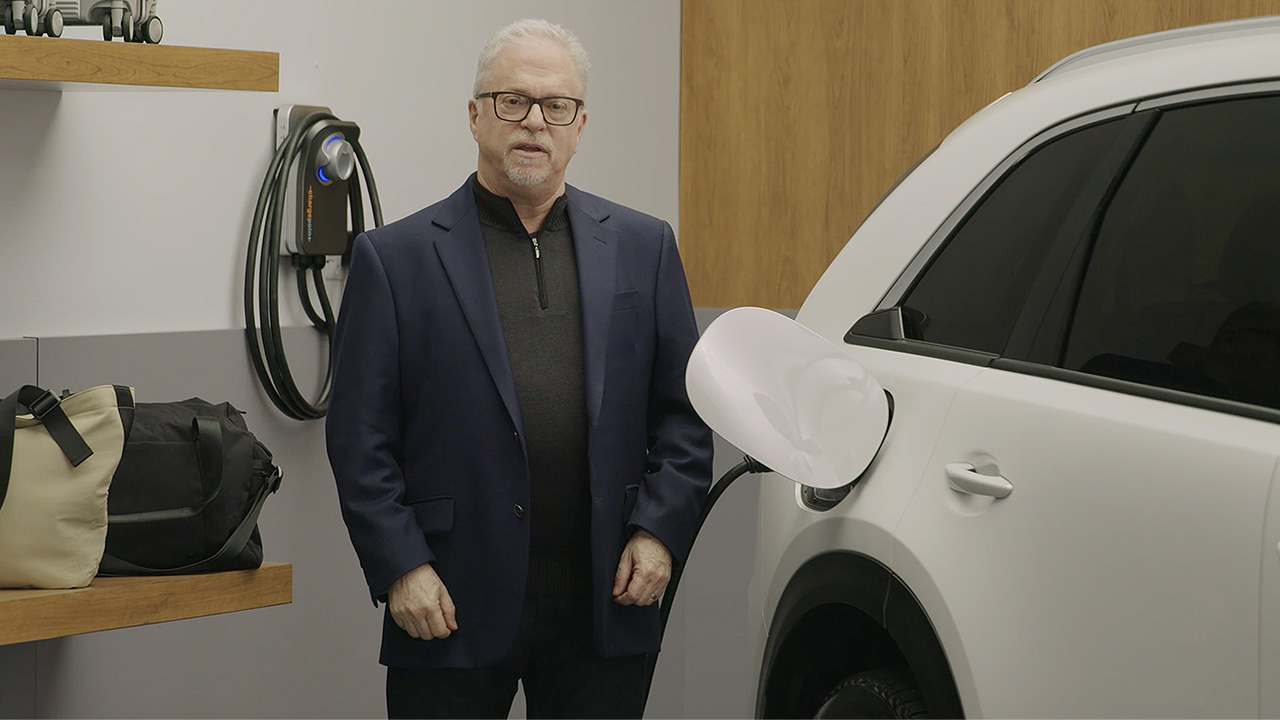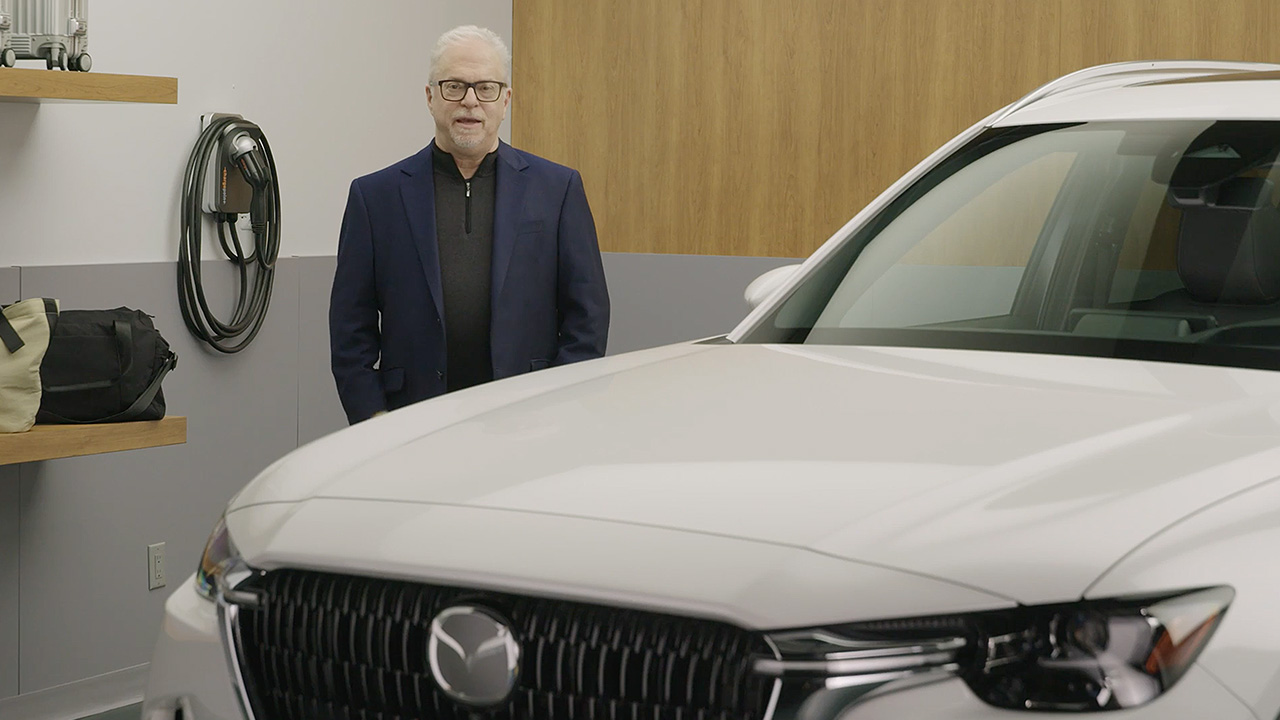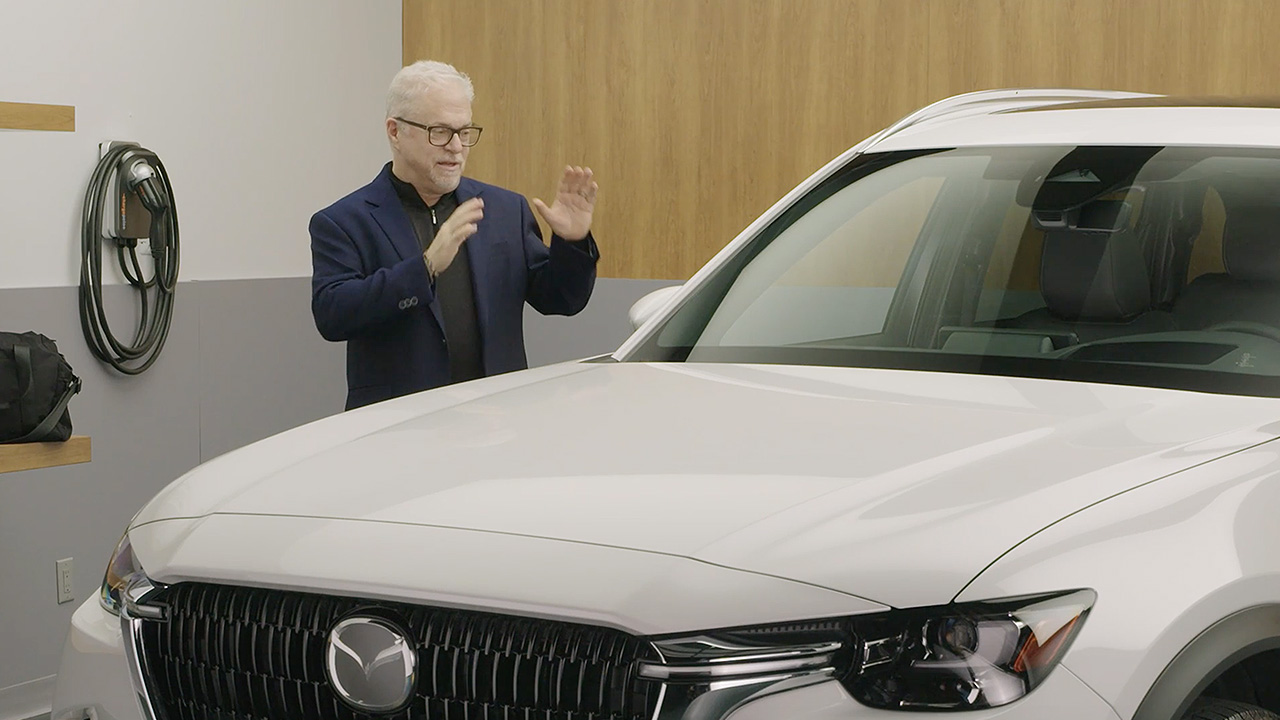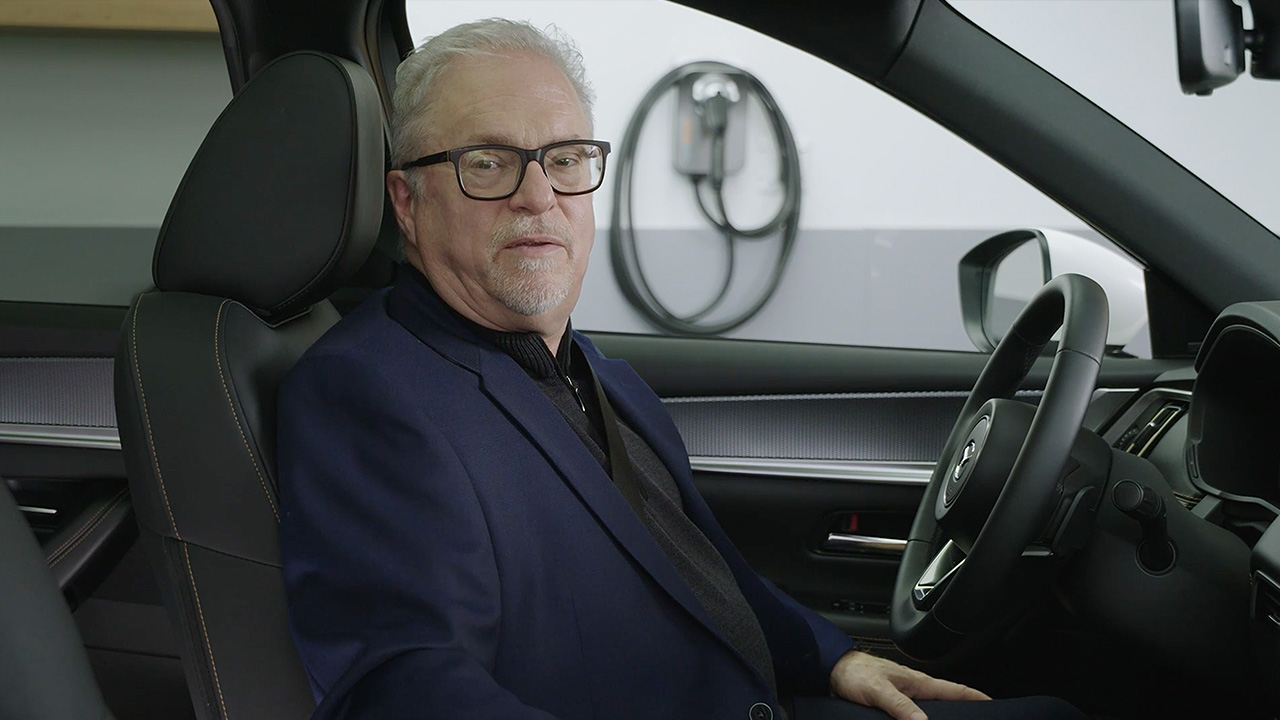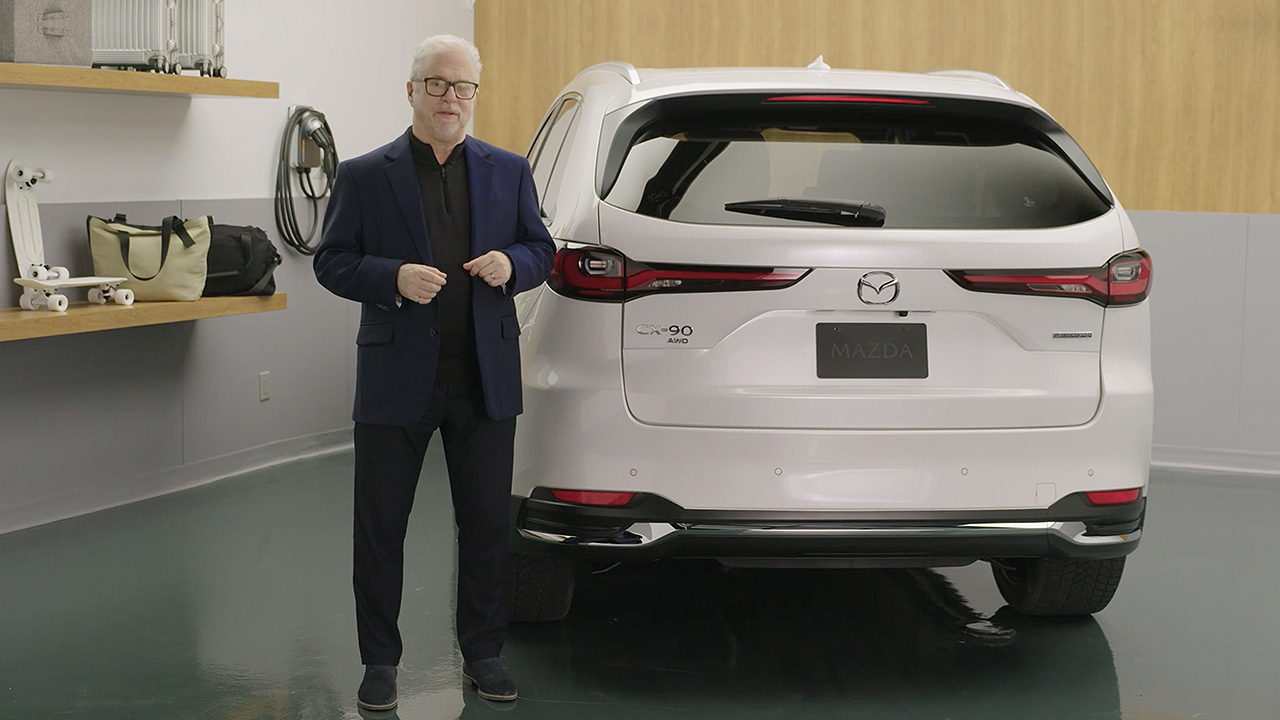Range Anxiety: What It Is & How to Overcome It
Range anxiety is the anxiety prospective (and seasoned) EV drivers feel when they think about running out of battery charge before reaching their destination or finding a charging station. The phenomenon is like worrying about running out of gas on a long, remote stretch of highway.

As EV ranges increase and more charging stations pop up across the country, range anxiety has become easier to “manage,” as it were. To understand why, let’s take a closer look at the underlying causes of range anxiety, how it differs from charge anxiety, when it is (and is not) founded, and what drivers can do to overcome range anxiety.
What is range anxiety?
When your fuel tank is running low, what do you do? Chances are, you’d probably head to the nearest gas station. But what if the type of fuel you’re looking for isn’t available? For many Electric Vehicle (EV) drivers, the thought of running out of battery before reaching their destination or finding a charging station — also known as range anxiety — is a real concern.
This worry is justifiable, but it’s often based on misconceptions and a lack of information about the capabilities of modern electric vehicles.
Many EVs do tend to have shorter driving ranges than conventional gasoline-powered vehicles, but modern battery electric vehicle (BEV) ranges far surpass the ~35 miles that the average American drives every day. According to the U.S. Department of Energy, most modern EVs are capable of driving at least 100 miles on a single charge, with some newer models able to travel up to 500 miles or more.
Although this means EV drivers will need to do some planning for long-distance trips, it’s also become much easier to find charging stations in public spaces. Research from the U.S. Department of Energy shows that available charging infrastructures have been steadily increasing over the past two years, with the first quarter of 2023 showing a 4% increase in public ports, and the government is investing heavily in the continued buildout of charging infrastructure.

What is charge anxiety?
Oftentimes, range anxiety can transform into charge anxiety: concerns surrounding the potential inconvenience or unreliability of charging stations. For example, an EV driver low on battery may arrive at a station only to find all charging stations occupied by other EVs. Or there may be an open charger available, but it either has a slow charge rate or doesn’t work at all. This can disrupt drivers’ plans as they may not have the time to wait 30 minutes or more for a charge that can carry them to their next waypoint or destination.
However, with a variety of charging options and levels to choose from, factoring in charging time with some preparation and research can significantly limit these potential inconveniences. Among other things, a national charging consortium (the ChargeX Consortium) was formed to build upon the charging experience reliability standards set out by the Federal Highway Administration.
EV technology is also advancing, and automakers are constantly looking for ways to evolve battery capacity to combat this concern.
Top causes of range anxiety and how to combat them
From a lack of charging stations to the unfamiliarity of the charging process, here are three leading concerns that lead to range anxiety among new and prospective EV owners — and how you can mitigate them through knowledge and a little planning.
1. Concerns about EV range
One of the primary causes of range anxiety is the idea that electric vehicles have limited driving ranges. As mentioned, the ranges of most new EVs now surpass the length of the average American commute, easily accommodating most everyday travel needs:
EV driving ranges per vehicle type
| Vehicle Type | Autonomía de manejo |
| All-Electric Vehicles | 100-500 miles |
| Vehículo eléctrico híbrido enchufable (PHEV) | 15-60 miles on electricity alone / gas used for additional miles driven |
2. Concerns about charging times and infrastructure
Another factor contributing to range anxiety is the perceived inconvenience of charging an electric vehicle. Even if an EV driver makes it to a charging station in time before their car battery runs out, they may be concerned about the amount of time it could take to get back on the road. However, there are various charging levels and rates to consider:
EV charging levels and times for a 60 kWh battery
| Charging Level | Location of Use | Charge to 80% |
| Nivel 1 | Standard, grounded 120V household outlets | 40-50 hours |
| Nivel 2 | At-home or public charging stations | 4-10 hours |
| Nivel 3 (DC fast charging) |
Public charging stations | 20 minutes-1 hour |
It’s worth noting that battery charging is not necessarily a linear process, especially at higher charging rates; the rate of charge tends to fall off intentionally as the battery approaches full charge.
Even with Level 1 charging, an overnight charge can replenish a significant portion of your EV's battery — or all of a PHEV’s battery — giving you more than enough power for the day ahead. Plus, some shopping plazas, restaurants, theme parks, and workplaces offer charging stations right in their parking lots, allowing drivers to leverage the time their car is parked to recharge their vehicle before they hit the road.
As mentioned, the government is also making strides in helping the U.S. expand its national EV infrastructure. The Bipartisan Infrastructure Law (BIL), enacted in 2021, is set to add 500,000 EV chargers nationwide by 2030 with a $5 billion program to help fund state charging networks. EV drivers can expect a more reliable and interconnected EV charging network as this program unfolds in the next few years.
3. Lack of familiarity with charging mechanics and charging stations
Those new to electric vehicles do have a bit of a learning curve, and find themselves wondering: Where can I find a nearby charging station? What type of charging equipment do I need? How do I charge my vehicle at home? Is charging my EV at a public station free?
While many new EV drivers find the concept of charging foreign at first, there are numerous resources available to help EV newcomers understand the charging process and all it entails.
For instance, Mazda’s online guides, such as "How to Charge Your EV at Home" and "How to Charge Your EV at a Charging Station," break down the basics of charging in a user-friendly manner. There’s also information about charging levels, from Level 1 to DC fast charging, for insight into the best charging options for certain needs.
If you’re new to the world of EVs, take a look at our Electrification page for a thorough introduction to owning, operating, and charging your EV.
More range anxiety solutions
All it takes to ease range anxiety is some research and preparation. Here are a few ways to build your EV knowledge and dispel common misconceptions.
1. Explore electric vehicle types, including PHEVs
To combat range anxiety, it can be beneficial to familiarize yourself with the types of EVs on the market today. For example, consider exploring the Plug-in Hybrid Electric Vehicle (PHEV) options. PHEVs combine an electric motor with a traditional Internal Combustion Engine (ICE), offering the flexibility to use gasoline when needed. This eliminates concerns about running out of battery charge, as the gasoline engine takes over automatically when the vehicle’s electric power is depleted or when maximum propulsion is called for.
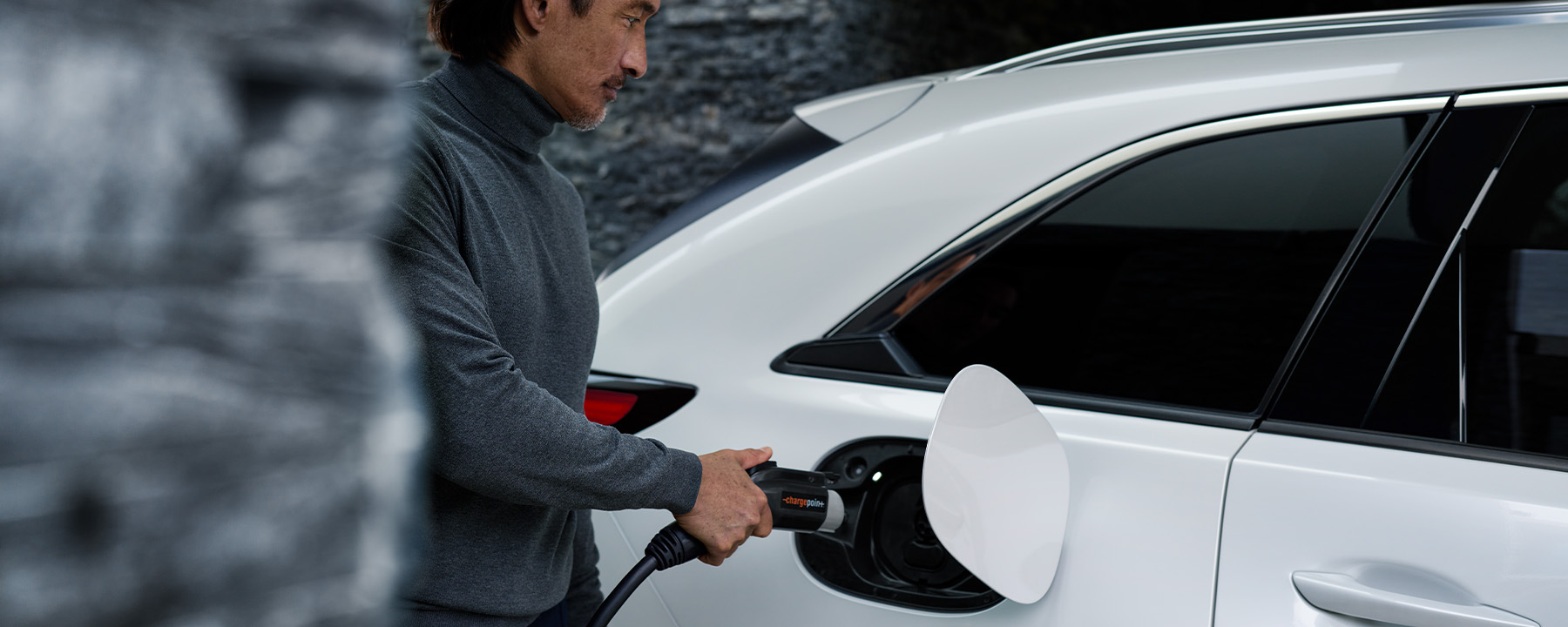
2. Invest in a home charging system for faster home charging
Installing a Level 2 home charging system can significantly reduce charging anxiety and provide you with the convenience of charging larger batteries (like those of BEVs) overnight, cutting down on the need for frequent stops at public charging stations. Be advised that even if your home has a 240V outlet(s), you’ll want to hire an electrician for proper installation and setup. Level 2 home charging can be especially beneficial if your home has solar panels.
3. Familiarize yourself with charging station and route finder apps
4. Plan ahead or rent an ICE vehicle for longer trips
When embarking on longer journeys in a BEV, plan your route ahead of time and decide on charging stations you’ll stop at along the way. This strategic approach can help eliminate any worries about finding a charging station when you need it most and give you a little leisure time to stretch your legs. Driving a PHEV eliminates the need for this step, as the ICE will kick in once you’ve depleted the battery’s charge.
If you do not own a PHEV, then in cases where you plan to journey through more isolated stretches of the country, renting an ICE vehicle may be the best option to assuage range anxiety — just make sure to fill up the tank before you go exploring off-highway.
The Mazda CX-90 and CX-70 PHEVs
For many drivers who struggle with range anxiety, PHEVs like the Mazda CX-90 PHEV o CX-70 PHEV offer the best of both worlds — a combination of electric power for short trips and gasoline power for longer journeys. Sleek, responsive, and spacious, our PHEVs give families the flexibility they need for their next journey.
Take your next adventure in a vehicle designed for the future of driving. Build and price the Mazda CX-90 o CX-70 PHEV online or visita a tu concesionario Mazda local to test-drive one today.
Salón de exhibición virtual
Un paseo por el nuevo Mazda CX-90 PHEV
Analiza con mayor profundidad nuestra meticulosa artesanía con el gerente de valor de la marca Mazda, Andrew Bardwell. Experimenta la energía y la intención dirigidas a cada decisión.
CONOCE MÁS CON ANDREW BARDWELL
Take your next adventure in a vehicle designed for the future of driving. Build and price the Mazda CX-90 PHEV online or visita a tu concesionario Mazda local to test-drive one today.
Este artículo está previsto para fines informativos generales únicamente y se basa en la última información de la competencia disponible al momento de la publicación. La información incluida aquí está sujeta a cambios sin previo aviso y no impone obligación alguna a Mazda. Revisa diversos recursos antes de tomar una decisión de compra. Visita el centro de recursos para leer más artículos.

